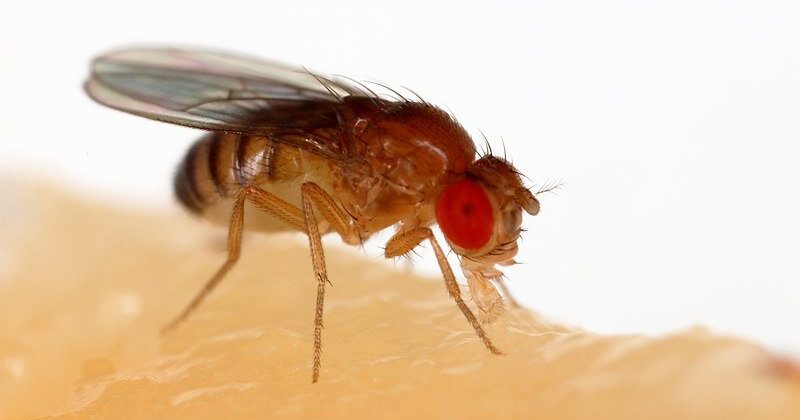
International researchers led by Monash University biologists have identified a new way to explore how changing diets may help alleviate disease symptoms—particularly for individuals with disorders that affect how protein is metabolized.
About one in every 1,000 babies are born with an inherited disorder that affects how the body converts food into energy.
There are more than 1,400 of these genetic illnesses, collectively known as Inherited Metabolic Diseases (IMDs), and they are a major cause of death in newborns and young children.
But effective treatments are available for only a small number of the IMDs, and because each illness is an incredibly rare event, testing new treatments remains a significant challenge.
“IMDs are often responsive to simple dietary changes but knowing which nutrients to alter is not always obvious,” said co-lead study author Dr. Travis Johnson, from Monash University School of Biological Sciences.
The research, published in Trends in Endocrinology and Metabolism, is a collaboration between Monash University, the Murdoch Children’s Research Institute, and the Baylor College of Medicine in Houston U.S.
“The research aimed to develop a complementary animal-model based approach to the current convention for testing diets in the clinic which focuses mostly on reducing patient protein intake,” said first author, Ph.D. candidate, Sarah Mele.
“We realized that we needed total control over every nutrient in the diet and an ability to test many diets simultaneously, which can’t be achieved on patients in the clinic because these diseases are so rare,” she said.
The team devised a plan to use the vinegar fly, Drosophila melanogaster, as a testing model.
“With flies it’s simple to genetically alter them to have the human disease, then we can raise large numbers and perform countless diet trials to see which are most beneficial,” said co-lead study author Associate Professor Piper.
Scientists use Drosophila because it is a well-established model for learning about the genetic causes of many human diseases.
This is because about 75% of human disease-causing genes are found in the fly in a similar form, it is an easy animal to work with and breeds quickly, and many tools are available to manipulate any genes in it.
“The vinegar-fly is perfectly suited to this high-throughput, large-scale work, where there are seemingly too many diseases to study, with each requiring its own specialized set of experimental trials—this really isn’t achievable in other models like mice,” said Dr. Johnson.
“The fact that flies also have a completely customisable diet available really opens the door to understanding how diet and our genes interact,” added Associate Professor Piper.
However, Dr. Johnson cautioned that it may take time to translate diets that treat diseased flies to patients with these diseases.
“The goal is really to identify diseases that may be responsive to diet, by using our fly model as a starting point,” he said.
More information:
Sarah Mele et al, Drosophila as a diet discovery tool for treating amino acid disorders, Trends in Endocrinology & Metabolism (2022). DOI: 10.1016/j.tem.2022.12.004
Journal information:
Trends in Endocrinology & Metabolism
Source: Read Full Article
